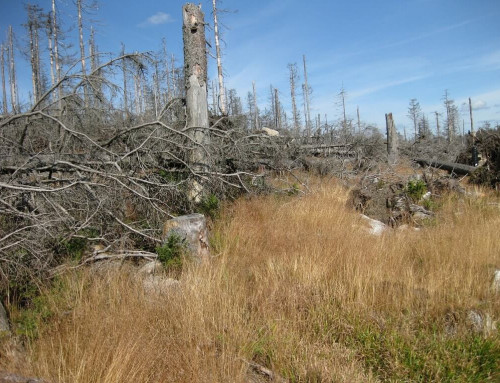
Destruction wreaked by an earthquake. Image credit Telegraph.co.uk
ZIMSEC O Level Geography Notes: Earthquakes and their causes
- An earthquake is a shaking, vibration, trembling or movement in the earth’s crust.
- They are caused by one tectonic plate sliding over or past another plate along a faultline.
- They may also be caused by volcanic eruptions when molten rock (magma) moves below or onto the earth’s crust a phenomena that also typically results from the movement of plates.
- They happen when the earth’s reacts to intense pressure built up and is suddenly released forming shockwaves in the earth’s crust which are transmitted to the surface resulting at times in in intense shaking.
- Building dams and lakes can also result in minor earthquakes/shakings that are known as tremors.
- Zimbabwe, Zambia and Mozambique have all experienced earth tremors due to the enormous weight of water building up in Lake Kariba and Lake Cahora Bassa.
Distribution of earthquakes
- Most earthquakes occur along and within the vicinity of major plate boundaries.
- They typically occur along or near convergence and transformational zones.
- They thus occur along or near ocean ridges, near volcanic islands, along the Pacific Ring of Fire etc.
- Along conservative zones even if the plates move by only a few centimeters violent earthquakes ensue.
- The interactive map below clearly shows that volcanic and earthquake activities tend to occur in the same regions and along major plate boundaries. (The map uses flash so it might not work on some browsers).
- The only parts of Africa that experience earthquakes are located in the Great Rift Valley and some part of North West Africa and of these few most tend to be rather mild.
- Sometimes serious earthquakes occur in these parts as in Malawi 1989,El Asnam Algeria in 1980 and Orkney South Africa 2014.
Earthquake terms

Earthquake Diagram. Image credit Diagramsite.
- Focus-this is the point at which the earthquake originates. Sometimes it may even be several kilometers below the surface.
- Epicenter-this is the point where the earthquake hits the surface. It is usually the point that is directly above the focus. It is here the shock waves first hit the surface which give rise to the earthquake. It is where the greatest impact of the earthquake falls and is felt and where the greatest damage is suffered.
- There are two types of earthquake shock waves:
Body Waves
- They travel through the earth’s crust usually in a vertical direction.
- There are two types of body waves:
- Primary waves-these cause the crustal rock of the earth to move back and forth in the direction of the waves.
- Secondary waves-these cause the crustal rock of the earth to move from side to side i.e they operate at right angles with the primary waves and direction of movement.
Surface waves
- They travel through the surface rocks.
- There are two types of of surface waves:
- Love (L) waves-these cause the surface rocks to move from side to side at right angles to the direction of the wave movement.
- Rayleigh (R) waves-these cause the surface rocks to have a vertical-circular movement.
- Surface waves cause the most damage and lead to infrastructural damage and loss of life.
More earthquake terms and concepts
- Intensity-earthquake degree or capability to cause damage it also refers to the effects produced by an earthquake and must never be confused with the earthquake’s scale or magnitude. Intensity is measured using the Mercalli intensity scale.
- The magnitude of an earthquake is measured using a seismograph (now know as a seismometer).
- The instruments records the vibrations made by the earthquake.
- The magnitude of an earthquake is also known as its scale.
- An earthquake’s scale is measured on a Ritchter scale.
- The scale ranges from 0 to 13.
- It is a logarithmic scale set to base 10.
- This means that a magnitude of 5 is ten times greater than that of 4 and 10 000 (1 followed by 5 zeroes) greater than 1.
NB Most of the damage occurs at the epicenter and the extent of the damage typically falls the further one travels away from the epicenter.
- Aftershock-is an earthquake that occurs in the aftermath of a previous earthquake (usually within days or hours of the main-quake) in the same area of the main shock. An aftershock is christened a foreshock if it is larger than the original main shock.
- Aftershocks are caused when the crust around the displaced fault plane adjust to the effects of the main shock.
- As a matter of fact most earthquakes occur as a series of quakes that are separated by periods of relative inactivity.
Click here to learn about the effects of earthquakes.
To access more topics go to the Geography Notes page.



